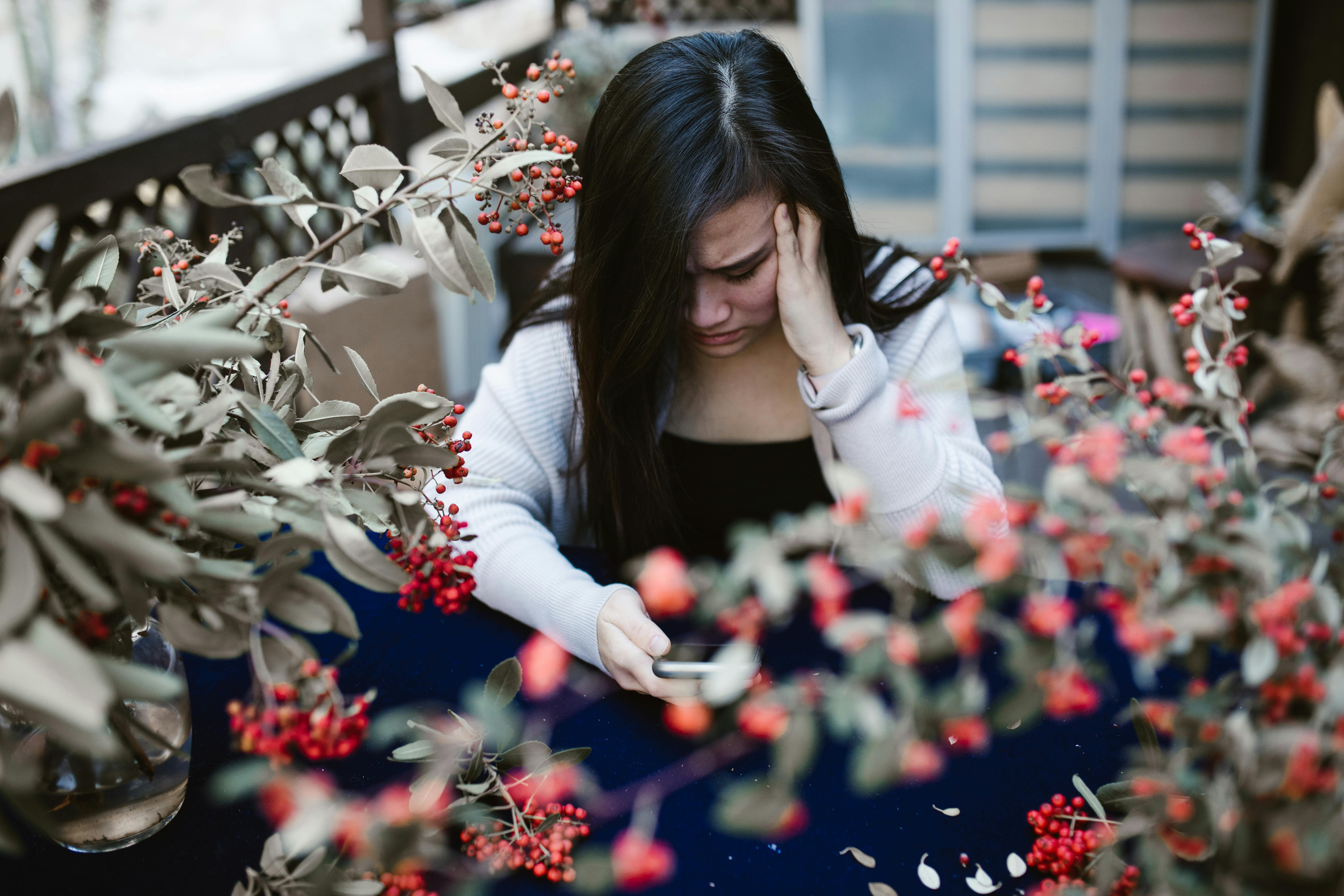pin up girl
Before we talk about the curvy, twisty, plus-size bikini-clad Hilda, the stage will be set with a little pin-up girl history. I’ll take you back in time now, with a short story about some of the most talented and popular Pin Up illustrators in American history.
Count Christy, (1883-1961)
We’ll start with the prolific Earl Christy, whose porcelain-doll-like illustrations appeared on everything from Hollywood magazine covers and commercials to sheet music and postcards. His work dates back to 1906. His movie posters and covers that he painted for “Photoplay” and other Hollywood magazines are now valuable collector’s items.
Earl Moran (1893-1984)
Earl Moran’s artistic genius appeared in everything from Sears and Roebuck catalogs to Life magazine and millions of Brown and Bigelow calendars. He is remembered the most through his pin-ups. Moran’s stunningly rendered pastel “visions” offer more situational variety than any other major illustrator. One of his most enduring legacies are his 1940s paintings of impressive
young model named Norma Jean Baker. He painted more images of her than any other artist.
Rolf Armstrong (1889-1960)
Rolf Armstrong was another famous Brown and Bigelow calendar artist. After coming home from a trip to France in 1919, he opened a studio in Greenwich Village where he painted the Ziegfeld Folly girls. Later, being in Hollywood, all the great stars of the time posed for him. He painted popular actresses such as Mary Pickford, Greta Garbo, Marlene Dietrich, and Katherine Hepburn. He even convinced Boris Karloff to pose for him on the set of the original “Frankenstein.”
He refused to work from photographs and was always on the lookout for the perfect model. When asked why he preferred a live model to a photograph, he said, “I want the person in front of me alive. When I look at them over and over again while I work, I get a thousand fresh, vivid impressions…all the brilliance, exuberance and spontaneous joy that springs from a young and happy heart”.
Armstrong’s pastel pin-ups of his scantily clad, idealized “girl next door” have a distinctive, luminous, shimmery quality. His paintings of healthy and nubile young women are some of the most memorable of all famous illustrators. He was truly a man of rare talent.
George Petty (1894-1975)
Pin Up finally exploded into popular culture with the introduction of Esquire magazine’s “Petty Girl” in 1933. Slender, flirtatious, and extremely shapely, the Petty Girl became an American institution, capturing our hearts and minds for more twenty years old From 1933 to 1956, images of her were seen in tens of millions of places; everywhere from magazines and billboards to playing cards and matchboxes, even the “nose art” of airplanes in World War II. In 1950, it was made into a movie starring Robert Cummings and Elsa Lanchester.
Gil Elvgren (1914-1980)
No pin up gallery is complete without showcasing the impressive talent of Gil Elvgren. His enchanting and dreamy renderings of the nubile female form cannot be outshone in genius by any other artist. He was sublimely talented! A student at the Minneapolis Institute of Art, he liked to paint girls who were new to the modeling business. He believed that the ideal pin up was a girl with
a fifteen year old face on a twenty year old body, so he combined the two. During the forty-two years from 1930 to 1972, she produced more than five hundred paintings of beautiful young women, nearly all painted in oil and canvas. Today, her fully developed and finished artworks are second only in value to the paintings of Alberto Vargas.
Alberto Vargas (1896-1982)
The most prolific and famous glamor illustrator of all time is Alberto Vargas. The son of Max Vargas, a famous and talented photographer in his own right, Alberto learned to airbrush from his father before he was a teenager. Most don’t realize that he was actually born in Peru and didn’t come to the US until 1916. He came to Ellis Island via Europe, where he had been since 1911. While
there, he had studied in both Geneva and Zurich, and by the time he arrived here, he was already a gifted talent who was blossoming. Within three years he had hung his own shingles and was painting storefronts and window displays for New York City merchants.
One warm May afternoon in 1916, while he was painting a window display for a downtown merchant, he was approached by an employee of the Ziegfeld Follies and asked to show his work to the great Ziegfeld in person. In forty-eight hours, he was commissioned to paint 12 portraits of the top stars of the 1919 Ziegfeld Follies season. They were for the lobby of the New Amsterdam Theatre.
From that first commission, Alberto Vargas was a highly sought-after artist.
He painted all the major stars of the Ziegfeld Follies and later major Hollywood stars such as Betty Grable, Jane Russell, Ann Sheridan, Ava Gardner Linda Darnell, Marlene Dietrich, Loretta Young and even Marilyn Monroe all posed for him.
In 1940 he replaced the great George Petty at Esquire magazine and by 1945 he was the world’s most famous glamor illustrator.
All baby boomers know him as the creator of Playboy magazine’s Vargas Girl. He painted over 150 of his Vargas Girl masterpieces for Playboy.
He was married for forty years to the love of his life, Anna Mae Clift. When she passed away in 1974, he lost most of his creative drive and worked a few more times doing The Cars’ “Candy O” album cover and two album covers for Bernadette Peters. He passed away in Los Angeles in December 1982.
Now, the reason this article was written… to talk about the most shapely, wonderfully round, perfectly proportioned, pear-shaped, plus-size beauty in Pin Up girl history: “Hilda” by Duane Bryans.
One night, while searching for curvy content on “Google Images,” I came across Les Toil’s Big Beautiful Pin Up gallery. I clicked and followed their fun and oddly titled links in search of the well-nourished female images I had started searching for that night.
After I was done admiring Les’s talent, I went back to his home page and clicked on a cheerful teal and yellow sign with the name “Hilda” written on it. I clicked on it, completely unprepared for what I was about to see.
As soon as the page opened, I stopped and stared in amazement. It was one of those moments where you’re watching something that you’re completely enthralled with; the world around you seems to disappear, and everything becomes completely silent as your focus narrows, taking in what is in front of you.
Discovering Hilda was like discovering a lost treasure. I recognized her right away. She remembered her as a perfect likeness of what she had idealized for years in the female form; round, smooth, pear-shaped, plump and well-proportioned to the extreme.
If one’s natural male instinct is to respond to the rounder, softer, more generously proportioned woman, you’ll understand why there is so much to like about her. From her long, smooth legs, to her girlish face, to her chubby, luscious arms, to her round, wide hips, you see a vision of femininity forming in front of you. Add to all of that her ample, well-developed breasts, her soft, supple abdomen, and her glorious hip-to-waist ratio, and you’ll find that she’s an ideal example of full-figured perfection. The perfect plus size, pear-shaped,
nubile beauty.
Unlike the stick-thin female icons so popular today, Hilda doesn’t have a single angular feature. She sublimely embodies the old-fashioned feminine ideals of “round and smooth.” She is female in grade n.
Duane Bryers was the first illustrator to use plus size models as subjects in his pin up art. He sometimes did not use any model and painted from memory or fantasy. A feat, according to pin up artist Les Toil, “most impressive!”



